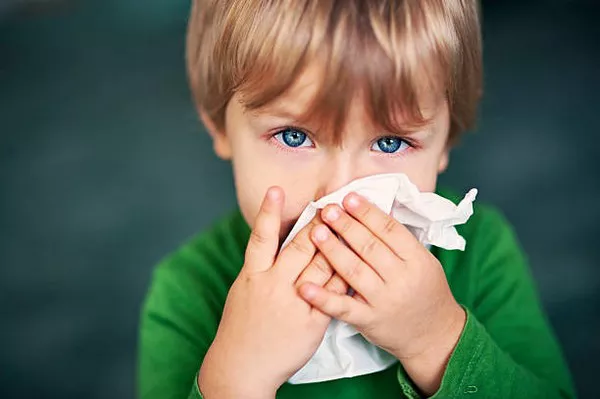A recent study presented at the American Academy of Allergy, Asthma & Immunology Annual Meeting revealed a concerning trend: children hailing from lower-income households are experiencing a higher burden of food allergies compared to their peers from more affluent backgrounds.
Neil Thivalapill, MS, a medical student and research data analyst associate at Northwestern University Feinberg School of Medicine’s Center for Food Allergy & Asthma Research, emphasized the significance of their findings. He noted that while previous cross-sectional studies hinted at socioeconomic disparities in food allergy reaction burdens, their study delved deeper. By utilizing data from the longitudinal FORWARD study, they demonstrated that these disparities persist throughout the lives of children with food allergies, rather than being momentary observations.
The researchers administered quarterly surveys to 660 caregivers, comprising 55.6% non-Hispanic white, 35.3% non-Hispanic Black, and 9.1% Hispanic or Latino participants in the FORWARD study. These surveys aimed to track recent food allergy reactions among children over a period of up to 5 years per participant. Employing mixed-effects linear regression models, the study estimated food allergy reactions across different ages. Additionally, the team calculated incidence rate ratios (IRRs) based on various factors including race, ethnicity, household income, gender, enrollment site, and age.
Surprisingly, the study revealed a substantial disparity based on household income. Children from households earning $100,000 to $200,000 annually experienced significantly fewer reactions compared to those from households earning less than $100,000 (IRR = 0.62; 95% CI, 0.43-0.89). Notably, this gap persisted even among children from households earning over $200,000 annually (IRR = 0.6; 95% CI, 0.43-0.85).
Thivalapill highlighted the magnitude of the challenge faced by children from lower-income brackets. He estimated that children from households earning less than $100,000 annually endured nearly 40% more food allergy reactions, posing a considerable threat to their quality of life.
The study also observed a decrease in the incidence of food allergy reactions as children grew older (IRR per additional year of age = 0.36; 95% CI, 0.35-0.37).
In light of these findings, Thivalapill urged clinicians to prioritize connecting patients from lower socioeconomic backgrounds with educational and social resources to aid in managing food allergies effectively.
Looking ahead, the research team aims to further explore the long-term persistence of these disparities and their potential impact on other health outcomes, such as atopic diseases. They also plan to extend their research to include additional racial and ethnic groups, particularly focusing on Asian participants, to ensure a more comprehensive understanding of the issue.


